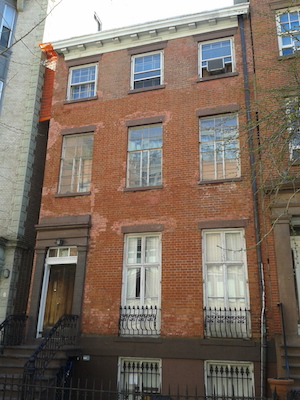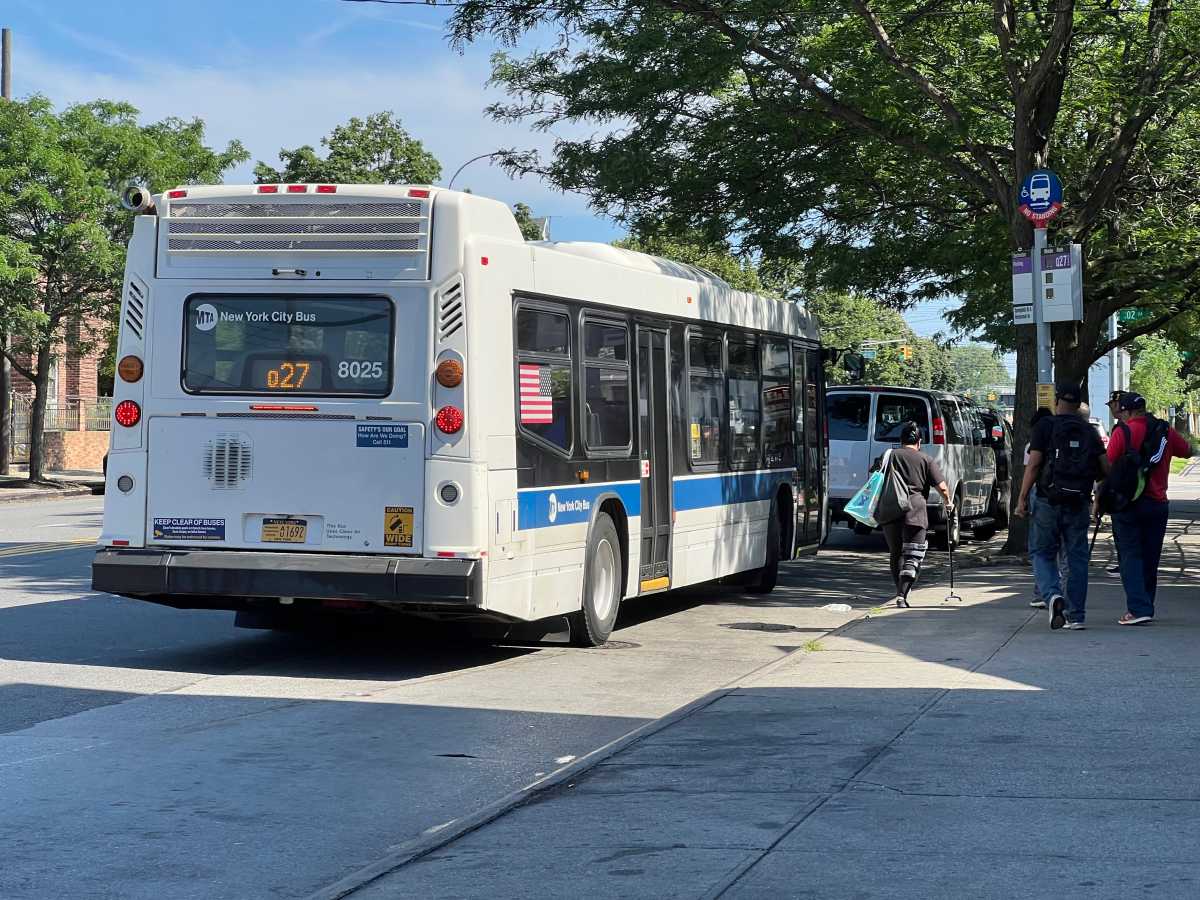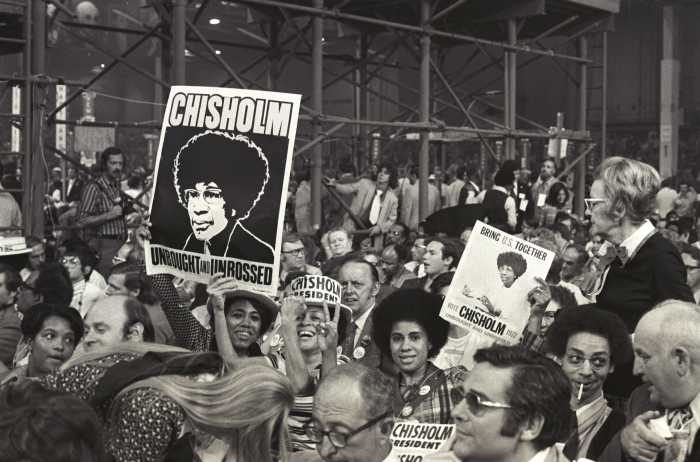
BY PAMELA WOLFF | It has become stunningly and heartbreakingly clear that there is a fundamental abdication of the mission of the Landmarks Preservation Commission. It seems that its members have forgotten the basic reason for its existence: its middle name. The real estate industry has intimidated it, infiltrated it, and rendered it toothless.
Has there ever been a better example of this than their anemic response to the application of the architect, William Suk, of 404 W. 20th St., the oldest dwelling in the Chelsea Historic District, and its very beating heart.
It would have been appropriate for the Commissioners to reject out of hand his application to virtually destroy the oldest home in Chelsea. The plans presented misleadingly refer to additions and extensions, when what they actually propose is demolition of the entire building except for the brick street façade. Based on their own self-serving, unsubstantiated “observations” that the building is unstable, they propose, in disguise, to demolish it.
The fact that the west wall of the house was stripped of its clapboard siding when its abutter was constructed, in 1839, mind you, does not suggest a reduction in stability, but rather a sensible solution allowing the neighbor to construct a brick wall against a smooth surface, creating a party wall, common throughout the neighborhood.
Mr. Suk is skilled at convincing his audience of the “facts.” His proposal to eliminate the east side yard obliterates the essence of its history as a free-standing dwelling, built well before any of the surrounding neighbors. The original clapboard siding, easily seen from the public way, is a unique survivor of almost two centuries of development. The passage is a very rare surviving example of an early 19th century feature distinctive to Chelsea. It must be preserved.
The Commission responded by ignoring the testimony and submissions from Community Board 4, which rejected the application voting an unequivocal “NO,” and instead requesting the architect to rethink the size of his proposed “additions.”
In my own experience as manager of several antique wood-frame houses in Chelsea, each of which was originally free-standing, I can attest that being slightly out of plumb is not a sign of near collapse, as Mr. Suk would like us to believe.
This tiny house has played a huge role in the preservation movement in Chelsea since the 1950s. It has been host to thousands of meetings of neighbors, political representatives, and government officials for over six decades. It was the home of the founders of the Council of Chelsea Block Associations.
Perhaps we are all to blame for our lack of vigilance, and our gullibility. We felt that because this house sits as the anchor of the famous Cushman Row, predates those iconic homes, and is in great part original, it would surely be protected by the Commission founded for that purpose.
We have all recently lost a magnificent church (the Serbian Orthodox Cathedral of St. Sava, W. 25th St., btw. Fifth & Sixth Aves.) to a terrible fire. Must we lose another treasure to the almighty dollar?
Pamela Wolff is a member of the Chelsea West 200 Block Association, the Council of Chelsea Block Associations, and Save Chelsea.






































